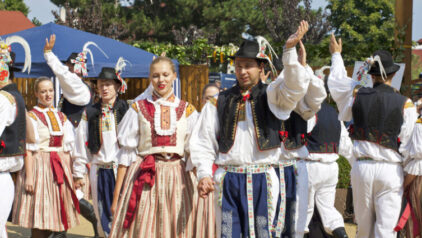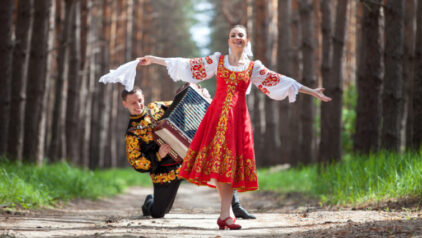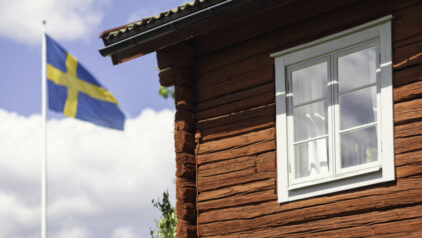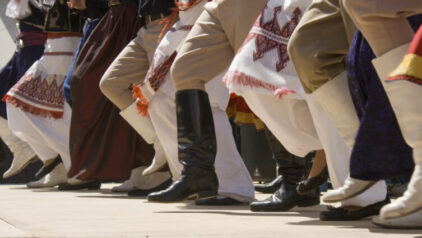

If you come from a German family, you’ll already know what a big part tradition plays in how life is lived. It shapes the everyday, with common practices and customs being instinctively known by everyone from the western town of Aachen to Görlitz in the east of the country.
You see it in afternoon Kaffee und Kuchen, the smell of Christmas baking filling the house in December, and in the way Sundays are kept for rest and recuperation. No one really explains these things — they’re just how families do things.
Here we explore the German ethnicity and the traditions that have stuck across generations, and how genealogy can help trace them back to the people and places they came from.
The German Traditions That Have Endured
Certain traditions tend to show up in most German families, even if the details vary from one household to the next. Some are tied to holidays, others to food or German surnames, but they’re all things that have endured the test of time.
A few traditions often seen in German families include:
- Advent calendars and wreaths to mark the days before Christmas
- Osterbaum (Easter trees) decorated with colored eggs
- Wichteln, a form of Secret Santa often used in school or office settings
- Name days, quietly celebrated alongside birthdays in many regions
- Passing down middle names, often in honour of grandparents or godparents
These customs often leave a paper trail. A Stollen recipe in Suetterlin script or a wooden Christmas smoker used year after year can offer more than sentiment.
They can help link generations and open doors to given names, places, and stories tucked just out of reach, especially when paired with what you might find in photo albums, attic boxes, or old church records.
Connecting Tradition to Family History
Another great aspect of these everyday customs is that they represent powerful starting points in genealogy. A recurring name, a regional food, or a holiday tradition might lead to records that help explain where those habits came from.
Let’s take a look at how that might play out….
You find a stollen recipe tucked in an old cookbook dated 1908 that’s written in Suetterlin script. The handwriting matches that of a relative whose name appears in family letters or postcards. You find that it’s written on a letterhead from a local Bavarian bakery, pointing you towards that area’s parish or civil records.
In those records, you start to see familiar names — perhaps the same ones repeated in your letters or even among living relatives. Naming patterns emerge: sons named after paternal grandfathers, daughters given middle names like Maria or Elisabeth.
The path might not be direct, but with each connection, from a scribbled name to a baptismal record or marriage certificate, a fuller story begins to emerge. Examining resources like the MyHeritage Germany collections can then help place these traditions in context.
Anyone Can Uncover the Records Behind the Traditions
You don’t need to be an expert to start exploring your family’s history. Often, the best place to begin is with what’s already familiar. A name that keeps coming up, a holiday ritual, or a recipe used every year without fail. These traditions are records in their own right, created by the lives of real people.
With MyHeritage.com, you can start connecting those personal details to official records, uncovering how long a tradition’s been around. Each link brings your family’s story into sharper focus.
So if something in your family has always been “just the way we do it,” take a closer look. It might lead you to names, places, and moments you’ve never seen — but that have always been part of your story.










